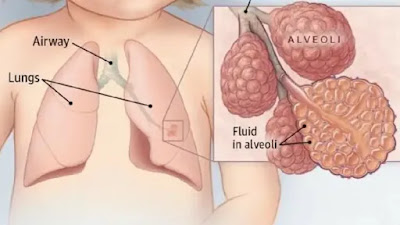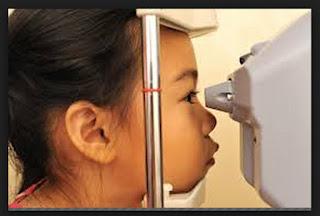Is the condition to be detected of public health importance
The burden of suffering that the condition represents for
the society should be large enough to warrant special effort. Priority should
be given to conditions having a significant impact on the quality of life and
survival of a large proportion of the population. Devastating but rare
conditions should receive attention only after common causes of significant
suffering or disability have been dealt with.
Are there effective preventive or curative measures to deal
with the condition when it is detected at an early stage
Effective intervention may be carried out wholly or
primarily within the health sector, may require intersectoral coordination, or may depend largely on action
in other sectors, agriculture . I may require action at the policy or programme
level, involve community mobilization, or consist primarily of clinical
treatment of individuals. In some cases,
there is no benefit to be derived from intervening before symptoms occur.
Is there a safe, ethical , and efficacious method for
detecting the condition at a sufficiently early stage to permit effective
intervention
Effective screening for some conditions may require invasive
tests with risks that outweigh the potential benefits. The early detection of
some problems or the appropriate follow-up of screening results may require
methods that violate ethical principles, such as a person s right to autonomy,
privacy, and confidentiality. If there is no safe and ethical method of
screening and timely intervention, the possibility of using screening should be
rejected and alternative approaches should be developed to address the problem
. legal and ethical issues are discussed further in chapter.
The screening procedure must be accurate (both sensitive, with
relatively few false negatives, and specific , relatively few false
positives)and reliable (yielding reproducible results). It should have good
positive and negative predictive values in the population to be screened (see
glossary)certain screening procedures that have high predictive values in
particular groups may groups may have poor predictive values in other . for
example, mammography is an excellent tool for screening women over 50 yrars of
age for breast cancer, but appears to be a poor screening test in younger women
.


